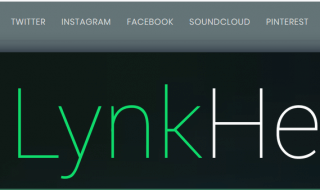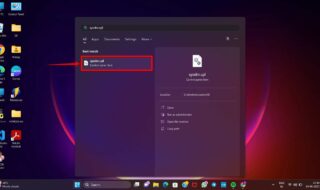If you’ve got some knowledge that could benefit other people, you might be thinking of opening an online course. The following will explore some of the things you can do to encourage your course’s success.
Contents
Build An Audience
Nowadays, having an online audience is a huge step up in any business endeavor. Running an online course is no exception. This step has come first on the list because this needs to be started as soon as possible. Launching a course will be infinitely easier with a larger audience. There are countless ways of doing this, but true followers and engagement instead of paid-for-bots tend to come about when someone creates good content that is valuable and useful to people. This means you’re probably going to be giving away some information for free.

Do Your Research
Before you begin crafting a course, you need to make sure that you actually know enough about the topic that what you’re providing will be interesting, useful, and worth someone else spending money on. Foremost, this involves doing your research. All people have a few things they believe that they’ve never looked up to confirm. Go through all the information you want to share and do the background research to confirm the truth of it. Even if you read a study on something a few years back, it’s a good idea to look into it again and see if any recent studies have disproven what you knew about.
Read any books or articles you want to reference or recommend as well. If you haven’t fully read it, you can’t suggest your students read it. Foremost, you don’t know what’s in there—there might be something incredibly politically incorrect hidden in there, and your students might get offended and complain and ask for their money back. Also, it’s just fair.
Moreover, you’ll want to do your research in the event that a student asks a question. You want to be able to help them get to the answer; even if you’re not running a live course, you want to be able to help in the comment sections. Knowing the background information and some common arguments against what you’re teaching is crucial for dealing with questions.
Get The Right Equipment
When constructing an online course, you’re going to have content that will come as part of the course package. If video is included, find yourself a good camera; borrow or buy something that will capture a good quality image that people can make out exactly what’s going on when they watch. Audio equipment is maybe even more important as people will not sit through lectures with poor audio. You want a crisp, clean sound.
Moreover, you might want a soundproof area to film in and a setting that suits what you’re teaching (maybe you need a whiteboard, maybe you need sample products that serve as examples). Maybe you need to create supplementary materials like worksheets and so need a good editing program like Adobe InDesign or something similar.

Select Your Platform
There’s a very particular reason that selecting your platform comes before you actually construct the course: different platforms have different structures, and you want to be sure that you are taking full advantage of all the options that you have available for your course. Edwize has lists that compare the different platforms to help you make your decision. It’s also worth noting that certain platforms have created audience expectations which means that people who sign up for a course on that platform have in mind a certain structure and format of course materials. You run the risk of disappointing your audience if you don’t take this into account (and, therefore, reduce the chances that someone will sign up for any of your follow-up courses).
Build The Best Course You Can
Once all the above steps are done, you’re ready to build your course. Once you’ve compiled all the information and created the content, you want to run it past a few beta students. These are people that you can find if you’ve got a decent online following that is super interested in the course content who will take the course (for free) and give you notes. Take these notes and make the course better. Then get a second round of beta testers who haven’t taken the course yet. Rinse and repeat until the course is the best it can be.
The above steps should help you construct a course that people will actually want to buy. If people are not buying, it’s a good idea to work on building your audience and run a few more beta tests, repackage and rerelease.



